This session is not just another PowerPoint presentation on Scrum. In fact it has only 1 PowerPoint slide. Instead it will be a conversation to help you move beyond the prescriptive practices of Scrum. Come prepared to talk, to ask questions, to answer questions and to share your experiences and challenges.
Driven by your questions we will delve into each Scrum event to:
- better understand its intent and purpose
- clarify the desired outcomes
- address your questions and challenges in achieving them
Whether you are a Product Owner, Scrum Master or Team Member; whether you are new to Scrum or are an experienced practitioner come add your perspectives to the conversation and learn from perspectives of others. Together we will explore not just the mechanics of Scrum, but the true spirit of Scrum.
Scrum Event Booklet  Scrum Event Info-graphic
Scrum Event Info-graphic 
Presented at
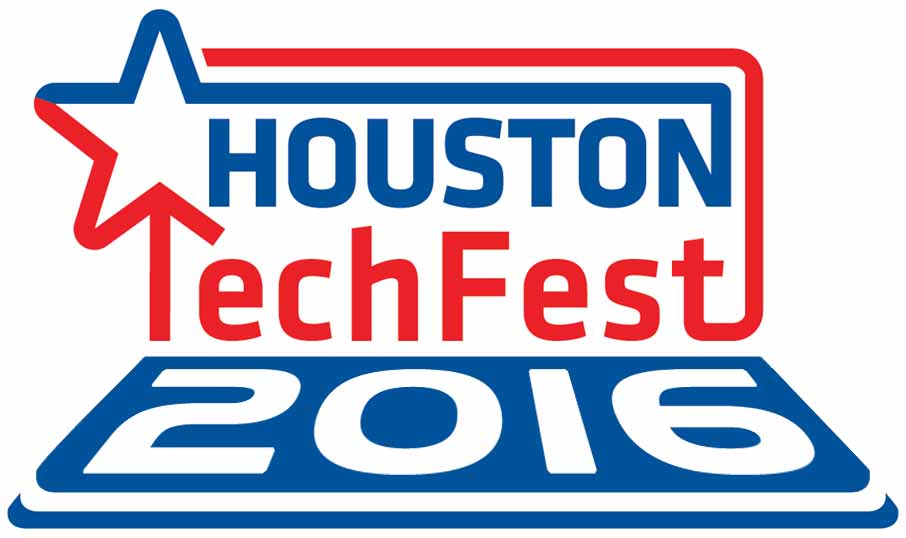
![]() Agile adoptions focus too much on team practices and as a result not much really changes. To gain the true benefits of agile principles and techniques we need a more balanced approach that is supported by a new mindset of leadership.
Agile adoptions focus too much on team practices and as a result not much really changes. To gain the true benefits of agile principles and techniques we need a more balanced approach that is supported by a new mindset of leadership.
Leadership is:
-
-
- not just about control, it is also about influence
- not just about results, it is also about growth
- not just about executing, it is also about serving
-
Today's most effective leaders strike the right balance between these by recognizing changing
circumstances and adapting their leadership approach to fit. Is that the kind of leader you are? Come participate in this interactive session to learn more growing your leadership agility to help your teams and organizations thrive.
Presented at
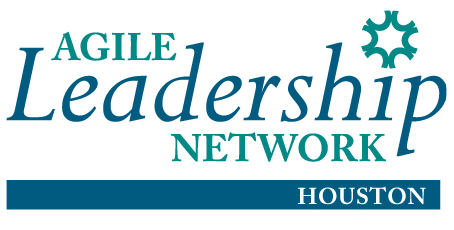
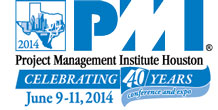

 More than ever, businesses face increasing uncertainty and rapid change that put increased pressure on technology organizations to deliver. By focusing on business value, transparent collaboration and continuous improvement, agility provides alternative approaches and toolsets than can meet the challenge. This presentation will provide an introductory look at agility, the expectations placed on both agile teams and agile leadership, and the organizational culture needed for teams to reach their full potential to deliver improved business results in ever evolving business environments.
More than ever, businesses face increasing uncertainty and rapid change that put increased pressure on technology organizations to deliver. By focusing on business value, transparent collaboration and continuous improvement, agility provides alternative approaches and toolsets than can meet the challenge. This presentation will provide an introductory look at agility, the expectations placed on both agile teams and agile leadership, and the organizational culture needed for teams to reach their full potential to deliver improved business results in ever evolving business environments.
Presented at
![]()
![]()
![]()
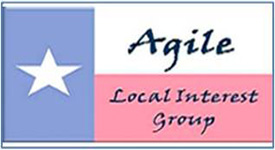


![]()
![]()
 Do you know Fearless George, Regressing Rita, or Flip-Flop Frankie? You may not recognize their names, but you will recognize their behavior. We all have them on our agile teams or in the organization that surrounds them. Join this interactive discussion to share ideas in dealing of these personas and more. In the process you'll discover a few agile leadership guidelines that will help you improve your teams and the organization that supports them. Agility is more about behavior than it is practices; advanced citizenship is required.
Do you know Fearless George, Regressing Rita, or Flip-Flop Frankie? You may not recognize their names, but you will recognize their behavior. We all have them on our agile teams or in the organization that surrounds them. Join this interactive discussion to share ideas in dealing of these personas and more. In the process you'll discover a few agile leadership guidelines that will help you improve your teams and the organization that supports them. Agility is more about behavior than it is practices; advanced citizenship is required.
Presentation  Problem Scenarios
Problem Scenarios 
Presentated at
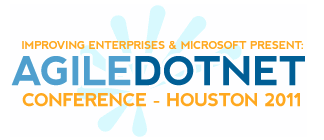
- Is the pace of change and the level of complexity growing in your business?

- With business needs becoming more and more unpredictable, are you wondering how to get anything done?
- Would you like your teams to be more accountable, but not sure how make that happen?
The leadership challenge today is to engage knowledge workers in a continuous cycle of organizational learning. What are the true business needs of those we serve and the relative value of addressing them? What solutions will best meet those needs today and also remain adaptable for the evolving needs of tomorrow? How do teams most effectively produce those solutions and how do they continue to improve? With the ever increasing pace of change in our business environments, coupled with the mounting level of complexity and interdependence, these types of questions are more and more difficult to answer. As a result today's most successful organizations are learning organizations. They freely experiment in reasoned ways; reflect on the outcomes of those experiments; and then adapt based on that learning.
Leadership perspectives must adapt as well. Leaders can no longer increase the productivity of the workforce by simply providing instructions and ensuring compliance. Leadership must also become agile and focus more on people than process. Leadership is not just about control, it is also about influence ; it is not just about results, it is also about growth; it is not just about executing, it is also about serving.
Come to this interactive session to learn more about growing self-organizing teams and raising their level of engagement to solve the most pressing needs your business faces today. You will learn what it means to be self-organizing as well as the need to shift your leadership perspective based on the needs of your team. As guide to personal development stages you will also learn about the Leadership Agility framework designed by Bill Joiner and Stephen Josephs and how to grow your own leadership skills to help your teams thrive.
Presented At

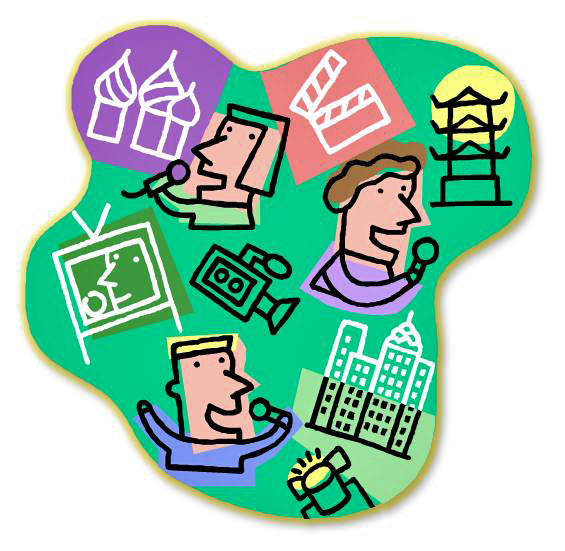 Does everyone hate coming to your retrospectives? Does no one talk when they do come? Are your retrospectives just reporting yesterday's news? In an agile world, retrospectives are about having open and honest conversations that exam the past in order to shape the future. They are key to creating the type of continuous learning organization that agility promises.
Does everyone hate coming to your retrospectives? Does no one talk when they do come? Are your retrospectives just reporting yesterday's news? In an agile world, retrospectives are about having open and honest conversations that exam the past in order to shape the future. They are key to creating the type of continuous learning organization that agility promises.
Join Robbie Mac Iver to learn some innovative techniques that agile leaders can use to keep retrospectives fresh, purposeful, and safe. Robbie will define a framework to help plan your retrospectives, review a variety of tools you can start using with your teams today, and share keys for success. Help your teams thrive by using retrospectives create tomorrow's headlines of your team's successes.
Presentation Sample ScrumMaster Diary
Sample ScrumMaster Diary 
Presented at
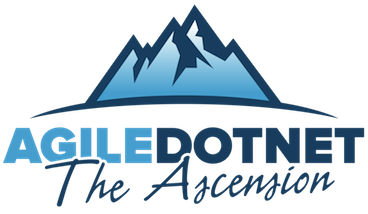

![]()

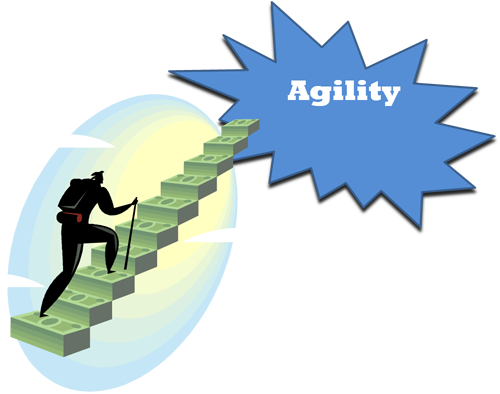 As agility becomes more widely practiced, more people and organizations are giving it a serious look and we are seeing more of what Geoffrey Moore (Crossing the Chasm) would call the Early Majority starting down the agile adoption path. It is important that this new group of adopters has the right aim in mind.
As agility becomes more widely practiced, more people and organizations are giving it a serious look and we are seeing more of what Geoffrey Moore (Crossing the Chasm) would call the Early Majority starting down the agile adoption path. It is important that this new group of adopters has the right aim in mind.
Why should an organization consider starting on this path in the first place? How should it get started? What are the keys to success? How should the transition evolve?
Join Robbie Mac Iver to answer these questions and more. In the process you'll discover some steps on the stairway to agility to help your organization become agile today, and more importantly stay agile tomorrow.
Presented at

User stories are too often thought of as just another way to gather requirements. That misses the point and can lead us down the path of aimless projects just trying to complete a set of predefined work.
Done right, users stores provide clear business purpose by answering the who, what, and why of specific business problems that should be addressed. In doing so, user stories help flesh out vision and value stream details that improve decision making across the organization and make delivery teams more effective.
Presented for 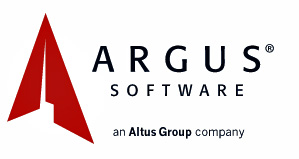
 Business is cyclical. While there is always the uncertainty of constant change in the business world, there are cycles of greater disruption than others. How organizations face these times of disruption is key to their long-term viability. Do agile organizations stand a better chance?
Business is cyclical. While there is always the uncertainty of constant change in the business world, there are cycles of greater disruption than others. How organizations face these times of disruption is key to their long-term viability. Do agile organizations stand a better chance?
- Are they more in tune with the changing market?
- Do they make better decisions about what to do, and not to do?
- Are they more focused on achieving their goals?
Learn how agile values and principles applied in the right way can lead to more resilient organizations that face reality, understand the truly important, and act openly to their best benefit.
Also see my related post on LinkedIn.
Presented at


 Many organizations heard the call of agile concepts and have made great advancements in achieving enhanced business results by instilling the values of trust, collaboration and learning. Still, many others continue to struggle. Finding it difficult to move beyond the "certainties" their past ways they continue to add processes and controls, simply evolving the "Dilbert-ness" of their corporate lives.
Many organizations heard the call of agile concepts and have made great advancements in achieving enhanced business results by instilling the values of trust, collaboration and learning. Still, many others continue to struggle. Finding it difficult to move beyond the "certainties" their past ways they continue to add processes and controls, simply evolving the "Dilbert-ness" of their corporate lives.
What's the difference? What prevents the struggling organizations from improving?
Presented at


